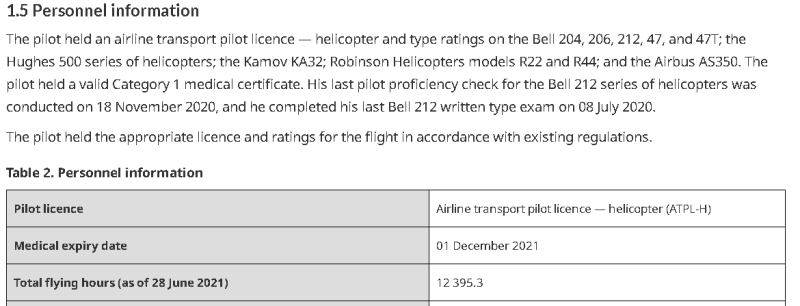Yesterday I read the report and I admit it got me a little agitated. "This isn't supposed to happen".
For a bit of background on the operations that should happen in a properly controlled aerospace manufacturer, all stock should be identified in a way that all employees can readily identify. It really shouldn't matter if the stock looks similar or is stored on the same shelf (although these factors can be used to encourage segregation). All stock that I've handled in the various aerospace companies has had a system to identify and track materials and to not lose track of anything. There are plenty of ways to unmistakeably identify a stock material, the most popular are bar-codes or QR codes linked to a computer, but before that a unique tracking number on a sticky label worked well. The simpler the system you use, the more rigorous your training has to be, so most manufacturers opted for something much more foolproof than handwritten stickers. The higher the criticality of parts should also drive the rigor of the material tracking process. The only time stock material tracking might slacken is when it's set aside as scrap, but then it stays in a quarantine area never again to pass through the shop door.
With that in mind, any employee of FMC, either a QC specialist or a "helper" should have had at least one way, and probably more than one, to identify each piece of round bar being taken out of stock and assigned to the work order. Even though this first line of defense broke down, there were many more opportunities to identify the problem afterward.
I don't feel the incorrect hardness test result is adequately explained by the investigation report. The investigators didn't flag the inadequate records, which, if they had been prepared properly by FMC, would have shown the shortcoming of these parts. Instead the investigators flagged the lack of training for personnel doing the tests - which I agree with - but lets the system get away with no checks to show that it was done properly afterward.

![[ponder] [ponder] [ponder]](/data/assets/smilies/ponder.gif)
